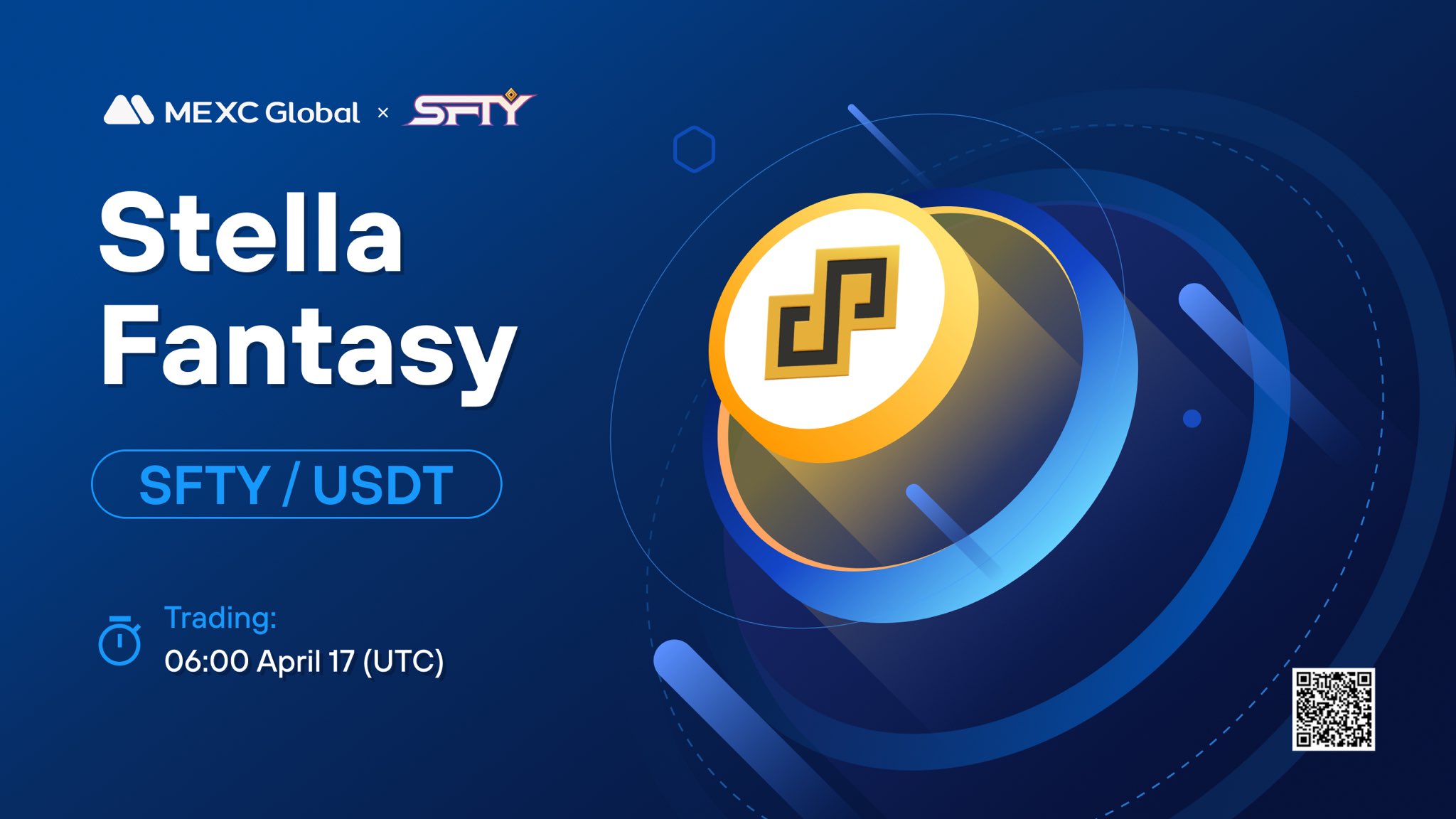The Ethereum blockchain is no stranger to big numbers and major milestones, but what it’s accomplished in the last 1.4 years has sent shockwaves through the entire cryptocurrency space: the destruction of nearly $9 billion worth of its native token, ETH, in just over a year. This unprecedented feat is a direct result of the implementation of Ethereum Improvement Proposal (EIP) 1559, a significant upgrade to the Ethereum network that introduced a novel fee-burning mechanism.

What does this burn mean for Ethereum and its future? How has EIP-1559 impacted the network, and why is this burn event so significant? Let’s dive into the details of Ethereum’s massive burn, explore the mechanics behind EIP-1559, and examine what this all means for investors, developers, and the broader crypto world.
The Ethereum Burn: What Exactly Happened?
To understand the magnitude of the $9 billion burn, we first need to grasp the mechanics behind EIP-1559. Implemented as part of Ethereum’s London upgrade on August 5, 2021, EIP-1559 introduced a new way of handling transaction fees on the Ethereum network.
Prior to EIP-1559, Ethereum users would submit a gas fee to miners, who would then prioritize transactions based on the size of the fee. The higher the gas fee, the faster a transaction would be processed. This system had its flaws, leading to inefficiencies and, at times, exorbitant fees during periods of heavy network usage.
EIP-1559 aimed to improve the situation by overhauling how gas fees are calculated and distributed. It introduced a base fee for transactions, which is algorithmically determined based on network congestion. But here’s the kicker: rather than the base fee going to miners, it gets burned—completely removed from circulation. This is what has led to the staggering destruction of 2.8 million ETH tokens in just 1.4 years.
$9 Billion Burned: What Does It Mean?
Ethereum’s burn is significant not only for its sheer size but also for what it represents. At today’s market price, burning 2.8 million ETH is equivalent to over $9 billion in value. That’s not just a big number—it’s a seismic shift in Ethereum’s tokenomics.
By burning a portion of transaction fees, Ethereum has introduced deflationary pressure on its supply. This contrasts sharply with the traditional inflationary models seen in fiat currencies and even in other cryptocurrencies. Fewer tokens in circulation means that, all else being equal, the remaining tokens become more valuable. This burn mechanism has created a new dynamic where, depending on network activity, Ethereum’s supply can actually shrink over time.
Before the introduction of EIP-1559, Ethereum’s supply was constantly increasing as miners earned new ETH for validating transactions. Now, with the burn mechanism in place, Ethereum is edging toward becoming a deflationary asset. In fact, some days see more ETH being burned than newly created, which could lead to a reduction in Ethereum’s total supply in the long run.
Why the Burn Is Revolutionary
The impact of the Ethereum burn goes beyond just tokenomics. This development is revolutionary for a number of reasons:
- Fee Stability for Users
The introduction of a base fee has brought greater predictability to Ethereum’s notoriously volatile gas fees. Before EIP-1559, users had to guess how much to bid for a transaction to go through quickly, often overpaying. The new mechanism smooths out the process, with users having a clearer idea of what they’ll pay for a transaction. - Value Accrual for ETH Holders
By reducing the supply of ETH, EIP-1559 has the potential to drive up the price of Ethereum over time, benefiting long-term holders. As the network grows and demand increases, ETH scarcity becomes a key factor in its value proposition. - Network Security
EIP-1559 hasn’t just changed transaction fees—it has also impacted how miners and validators are incentivized. Miners continue to earn rewards, but the burn mechanism prevents them from hoarding excess fees during high-demand periods, promoting a fairer distribution of wealth across the network. - Deflationary Tendencies
Perhaps the most groundbreaking outcome of EIP-1559 is Ethereum’s shift toward deflation. Unlike Bitcoin, which has a hard cap on supply, Ethereum’s token supply was previously infinite. Now, with the burn mechanism in play, Ethereum could soon experience sustained periods of negative issuance, where more ETH is destroyed than is created, potentially reducing the total supply over time.
A Closer Look at EIP-1559: How It Works
To fully understand the implications of EIP-1559, let’s break down how the system works.
- Base Fee
Every Ethereum transaction now includes a base fee, which is determined by the network itself based on current demand. This base fee adjusts dynamically—when the network is congested, the base fee rises, and when demand cools, the fee decreases. - Burning the Base Fee
The key innovation of EIP-1559 is that the base fee doesn’t go to miners but is instead burned. This permanently removes ETH from circulation, reducing the overall supply of the cryptocurrency. - Tips for Miners
While the base fee is burned, users can still add a tip to incentivize miners to prioritize their transactions. This tip functions similarly to the old gas fee system but is no longer the primary driver of transaction costs. The tip is optional, and in periods of low network activity, transactions can still be processed without tipping extra. - Block Size Flexibility
Another improvement brought by EIP-1559 is the introduction of flexible block sizes. Before, Ethereum blocks had a fixed gas limit, but now the network can adjust the size of blocks to handle increased demand. This prevents extreme spikes in gas prices, offering users a smoother transaction experience even during high traffic.
The Economic Impact of the Ethereum Burn
Ethereum’s $9 billion burn has fundamentally altered the dynamics of supply and demand within the network. With the burn mechanism now a permanent feature, every transaction on Ethereum contributes to reducing the overall supply of ETH. This has several important consequences:
- Price Appreciation Potential
A decreasing supply, coupled with rising demand for Ethereum’s smart contract and decentralized finance (DeFi) capabilities, can create significant upward pressure on ETH’s price. As more ETH is burned, scarcity increases, benefiting investors who hold long-term positions. - Increased Network Usage
The improved fee structure of EIP-1559 has made Ethereum more user-friendly, encouraging greater adoption of its platform for decentralized applications (dApps), non-fungible tokens (NFTs), and DeFi protocols. With predictable fees and reduced congestion, users are more likely to interact with the network, driving further demand for ETH. - Impact on Mining and Proof of Stake
Ethereum is on the cusp of its biggest transition yet: moving from a Proof of Work (PoW) to a Proof of Stake (PoS) consensus mechanism with Ethereum 2.0. EIP-1559 was an important precursor to this shift. By reducing miner incentives and changing the economics of Ethereum’s network, it lays the groundwork for PoS, where validators will secure the network without the need for energy-intensive mining.
The Impact of the Burn Mechanism
The introduction of the burn mechanism has had a profound impact on the Ethereum ecosystem. By reducing the circulating supply of ETH, the burn mechanism has created a deflationary dynamic that could drive up the price of the token over time. This is similar to the deflationary properties of precious metals like gold, which are often seen as a store of value due to their limited supply.
In addition to its potential price implications, the burn mechanism has also had a positive impact on the Ethereum network. By reducing congestion and increasing efficiency, the burn mechanism has made it easier and more affordable for developers to build applications on the Ethereum blockchain. This has led to a surge in activity and innovation within the Ethereum ecosystem.
Personal Note From MEXC Team
Check out our MEXC trading page and find out what we have to offer! There are also a ton of interesting articles to get you up to speed with the crypto world. Lastly, join our MEXC Creators project and share your opinion about everything crypto! Happy trading! Learn about interoperability now!
Join MEXC and Get up to $10,000 Bonus!
Sign Up


